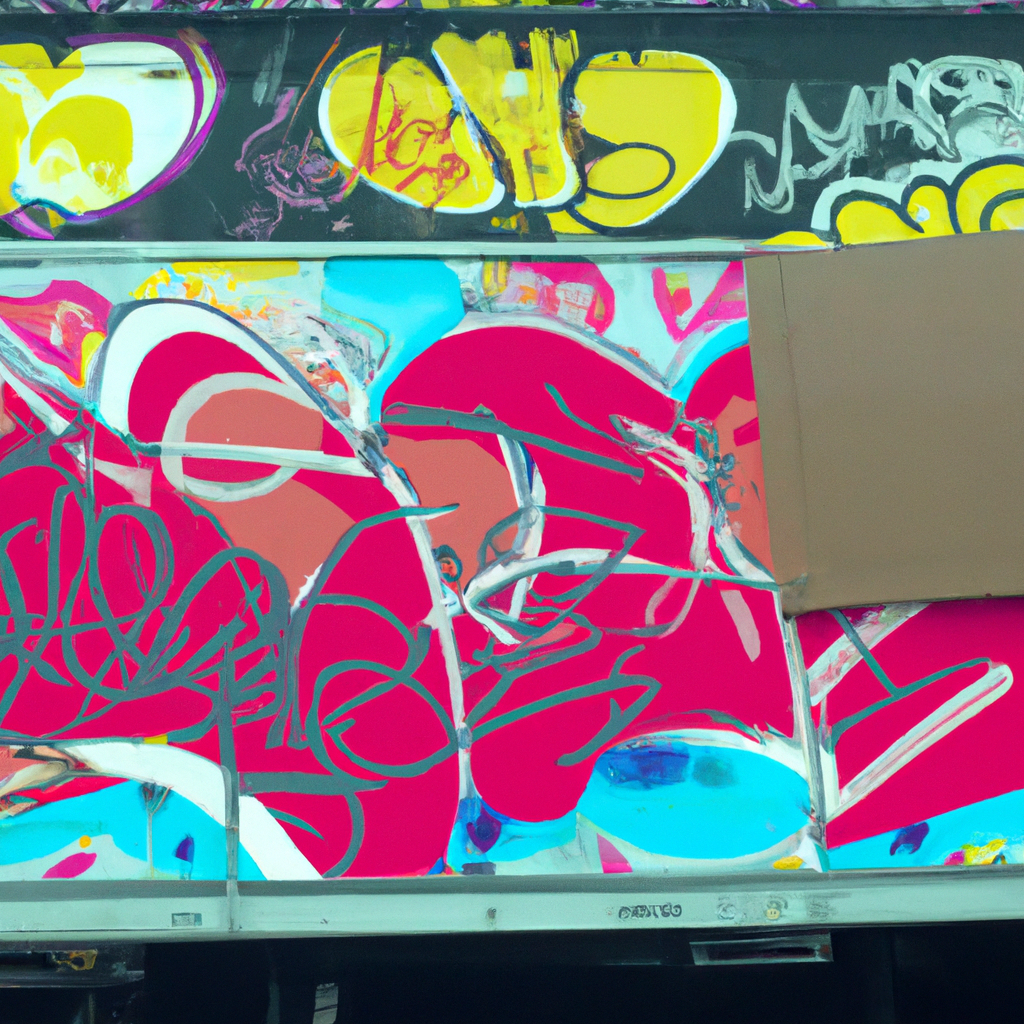Graffiti art is a form of artistic expression that has been around for thousands of years. It is a type of street art that involves spray paint, markers, or other materials to create images or text on public surfaces such as walls, buildings, and sidewalks. While the art form is often associated with vandalism, it has a rich history and cultural significance that has evolved over time. In this article, we will explore the history and cultural significance of graffiti art, and examine how it has become an important part of urban art and public art.
The History of Graffiti Art
Graffiti art can be traced back to ancient times, where it was used as a form of communication and expression. The earliest examples of graffiti art can be found in ancient Egypt, where hieroglyphics were used to tell stories and convey messages. Similarly, graffiti art was used in ancient Greece and Rome to express political and social messages.
In the 1960s and 1970s, graffiti art began to emerge as a form of underground art in cities such as New York and Philadelphia. It was used as a way for marginalized communities to express themselves and reclaim public spaces. Graffiti artists used spray paint and other materials to create intricate and colorful murals on walls and buildings.
The Cultural Significance of Graffiti Art
Graffiti art has become an important part of urban culture and public art. It is a way for people to express themselves and their ideas in a public space. Graffiti art often reflects the culture and identity of a community, and can be used as a way to promote social and political messages.
Graffiti art has also become a way for artists to gain recognition and credibility in the art world. Many graffiti artists have gone on to become successful artists, and their work has been featured in museums and galleries around the world.
Street Art vs. Vandalism
While graffiti art has become an important part of urban culture and public art, it is often viewed as vandalism. Many people see graffiti art as a way to deface public property, and it is illegal in many cities around the world.
However, there is a distinction between graffiti art and vandalism. Graffiti art is a form of artistic expression that is intended to be seen and appreciated by the public. Vandalism, on the other hand, is the intentional destruction or defacement of public property.
In recent years, many cities have embraced graffiti art as a way to promote creativity and artistic expression. Graffiti art festivals and mural projects have become popular in cities around the world, and have helped to legitimize graffiti art as a form of public art.
The Future of Graffiti Art
Graffiti art has come a long way since its early days as an underground art form. It has become an important part of urban culture and public art, and has helped to promote creativity and artistic expression in cities around the world.
However, the future of graffiti art is uncertain. Many cities still view graffiti art as vandalism, and it is illegal in many places. Additionally, the rise of digital art and social media has changed the way that artists create and share their work.
Despite these challenges, graffiti art will continue to be an important part of urban culture and public art. It is a way for people to express themselves and their ideas in a public space, and will continue to evolve and adapt to changing cultural and technological landscapes.
Conclusion
Graffiti art is a form of artistic expression that has a rich history and cultural significance. It has evolved from its early days as an underground art form to become an important part of urban culture and public art. While it is often viewed as vandalism, graffiti art is a way for people to express themselves and their ideas in a public space. As cities continue to embrace graffiti art as a legitimate form of public art, it will continue to evolve and adapt to changing cultural and technological landscapes.







